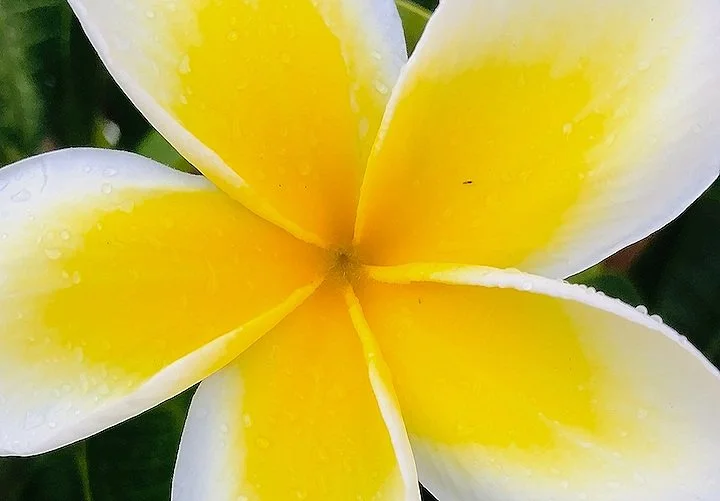The Path To Joy
We shake with joy, we shake with grief.
What a time they have, these two housed as they are in the same body
~ Mary Oliver ~
We realize that the mention of joy in the setting of your grief may feel so completely foreign right now. You may be wondering how you will ever feel any joy again in your life. You may feel that the grief you are experiencing is different than everyone else’s grief, that it is harder, more intense - and you would be right.
The worst kind of grief you can experience is your own grief.
Sigmund Freud, made famous for founding psychoanalysis, wrote a brief essay on the nature of transience. He took a walk along the summer countryside with a friend of his who seemingly could not enjoy the beauty of the hillside in full bloom, because they knew it would eventually die away into the cold of winter. He noted that his friend felt sorrow and was unable to see the beauty, finding it less valuable, simply because it would not last. Freud felt that his friend’s inability to see and appreciate the beauty was due to their inability to fully grieve it’s transient nature and noted that this complicated grief consumes one’s energies and daily life, ultimately compromising one’s sense of self.
Simply put, your ability to feel joy again is directly related to your ability to grieve.
We often feel that if we can keep ourselves busy with work or numb to feeling anything, that we can “ride it out”. We’ve all heard “time heals” at some point in our lives and this falsity gives us the assumption that the passage of time will make our grief smaller or that grief will find someone else to haunt. The truth is, we can’t ignore our grief.
Grief is incredibly patient and it waits for us.
The natural world around us models this beautifully. When a storm is approaching, buffalo turn and run toward the storm. They innately know that running into the storm means they will get through it faster. By running into the storm, buffalo minimize their exposure and stress of the most dangerous part of the storm, the storm’s sharp edges. At some point, the storm runs out of rain and the sun begins to shine again. The natural world models this duality all around us. No mud, no lotus. No rain, no rainbow. Springs and neaps of the tides. One ocean may be dark, rough and turbulent and another across the globe may be clear, pristine and calm, but those oceans are really all connected, one body of water.
We can either embrace the natural wisdom of nature and apply it to our grieving experience or choose to push against it. By choosing to run from the storm, avoiding our process, and numbing ourselves, we create a greater suffering long term. This is not to say that embracing our grief makes it less painful or that we will leave it behind. Nothing will ever be the same again after our loss, but how we approach this is so important. When we lose a loved one, we have the beautiful opportunity to both acknowledge what they meant to us and to decide whether or not we are going to approach our life in a different way.
We can always chose different in the next moment. We don’t question if the sun will rise in the morning, because we know it will, without any doubt, rise again. Just like we trust that as spring approaches, flowers will begin to bloom again. Embracing our grief is such an incredibly important part of our process in learning how to live and feel joy again. Once we turn and face our grief, sit with it, and trust in the wisdom of it, our grief will then, and only then, begin to soften and give way to our blooming joy.
Our joy is our sorrow unmasked.

